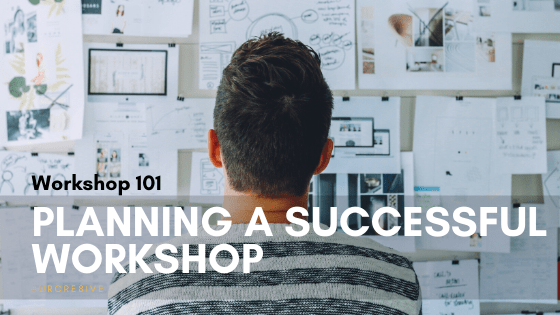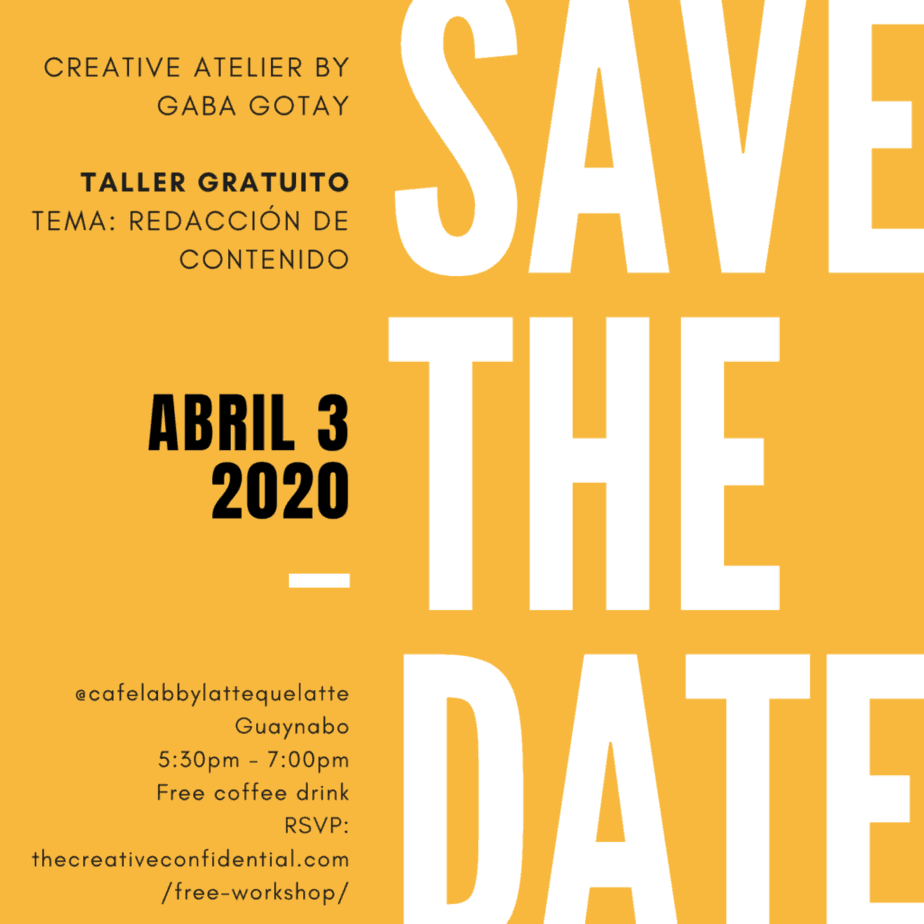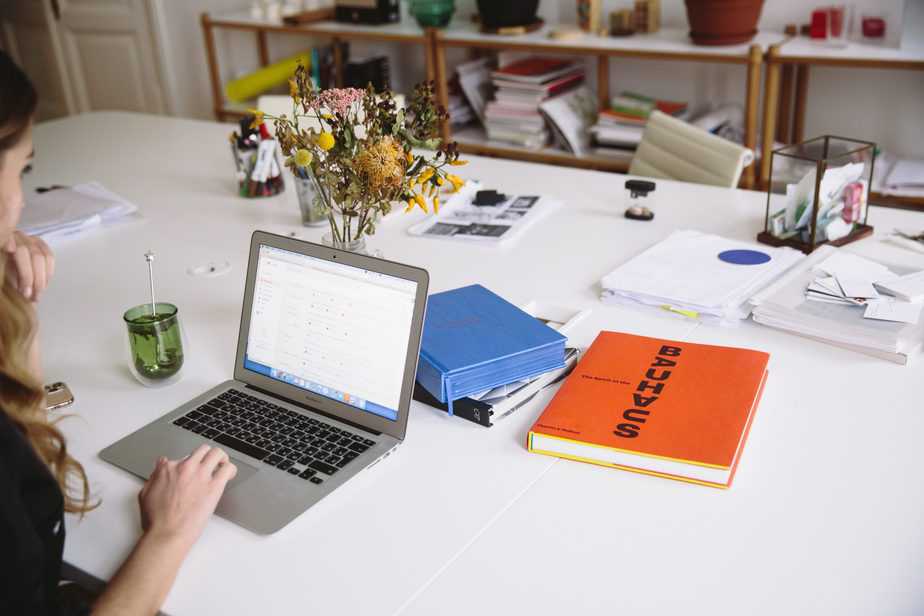Some of the links below may be affiliate links, meaning, at no additional cost to you, I will earn a commission if you click through and make a purchase.

Let’s get planning a successful workshop that delights!
Next April the Creative Atelier will hold its first workshop of 2020. It’s going to be a local-live workshop in Spanish, but you’ll be able to follow its progress on Instagram @creative_atelier and FB @cre8iveatelier.
(The workshop’s presentation and transcript will later be made available in English here.)
At this point though, we are in planning mode. If you’re also thinking about organizing an educational or informational activity for your community, I’d like to share with you a breakdown of my process.
A successful workshop begins, as you’ll expect, with a meaningful reason or purpose. It might simply be your desire to communicate a message, share an experience, a system or a resource.
The reason can also be the launch of a new product or service, or in our case, a celebration. I want to celebrate the relaunch of this blog and website with a talk + coffee around design thinking + empathy.
Before the workshop
Planning a successful workshop will bring with it many unknowns, no matter if this is your 1st or 100th workshop. You’ll always feel a degree of doubt, fear and self-sabotaging.
You must account for those feelings and add to your plan effective tactics to deal with them as you go. Unwanted thoughts can sneak up on you at any point in the process.
The best 3 tactics to fend off doubts and fears are:
- the plan itself. Being Prepared. It’ll be your shield against that inner voice that (wrongly) believes you’ll fail.
- the rehearsal. Practicing your craft. As with any other public speaking activity, you should rehearse everything you’ll say and do; your words, tone, gestures, and movement across the available floor space.
- the visualization. Along with engaging your muscle memory with rehearsals, you should always set time for a few visualization sessions. Vividly see and feel yourself doing it, accounting for every detail, from beginning to end. And seeing yourself succeeding (connecting and having fun.)
#1 Set it in stone
Evaluate and set day, time, location, and make the reservation. Even our colleagues at CreateBeing, with a lot of workshop experience under their belts, agree that setting the date and getting the location where the activity will take place is the first thing to plan for.
A set date means a deadline, and a physical location means your plan has a concrete space to built itself around. At this stage you must ask yourself:
- How many people can you comfortably fit there?
- Is it going to be a formal or informal setting?
- How will you distribute tables and chairs?
- What’s going to be the optimal setup for your supporting visuals or equipment?
Action Step:
Start letting people know. The moment you have the date and location, putting it out there and start spreading the word. A simple “save the date” image will be enough to make it known to the world.

#2 Get Creative
This part of the process should be highly enjoyable. This is when you get to design your workshop, clearly define its topic, develop its outline and objectives, create the content and make the materials that will support your delivery.
- The Topic: this is the main focus of your workshop. Around this topic will revolve the key piece(s) of information you want to communicate. Pick one main topic per workshop, and dive into as many subtopics as feel pertinent and as time allows.
- The Outline: this is the visual roadmap that will take you from start to finish. You can turn this into a transcript later to send to all participants with a video replay of the workshop or to add to your channels. The outline will contain every major block in your workshop’s structure:
- introduction
- objectives
- chronological flow
- closing
(It will have to be edited more than once during the planning process.)
- The Content: the content is the crafted message, what you’re going to say, share, ask and uncover, and all supporting materials you will use to deliver the message effectively. It will include the physical tools (if any) that’ll be handed out and used to make the workshop an interactive experience (i.e workshop signs, registration sheets, presentations, worksheets, audio.)
Action Step:
Based on the criteria you defined in step #1 (day, time and place) and on the topic you’ve chosen, write the first draft of your outline and pick the 1-3 main supporting materials you’ll use in your workshop.
Warning: Don’t overextend yourself. Your first priority should be the content you’ll deliver, aka what you’re going to say.
Secondly, you should aim to include a visual aid of some sort to help you organize your content and keep you in flow as you go.
To engage participants, it’s a good idea to include at least one worksheet activity they can complete, a physical task they have to do and some audio or music element.
Final “before” reminder:
Even if you’ve chosen a topic you’re very familiar with or have spoken about many times before, practice. Get up and do it. Say the words, check and follow the presentation’s flow, get it down to muscle memory.
Also, find a space of quiet and stillness to immerse yourself in your vision of a successful workshop. See yourself at that moment in time, see it with every possible detail, and harness the power of visualization.
During the workshop
#3 Get Pumped
To plan, host and run a workshop you need lots of creative energy. You need to feel inspired. Plan for ways to get pumped on the day in question, right before the workshop starts and as it’s going on.
- On workshop day: plan for a seamless flow of your day from wake time to event time. Try to be relaxed and focused. Play music to get your energy up, eat well, rest if you can. Have (and account for) everything you’ll need, get it ready in a box, basket or rolling cart.
- Right before it starts: have some music in the background. After setting up your space, don’t go passive or missing in action. Stand up near the entrance or registration table and greet everybody as they come in. This small talk will wash the initial jitters away, as you familiarize yourself with the attendees.
- As you are presenting: engage with your audience, make it conversational, make it about them, and about how can you best:
- serve them
- connect with them
- entertain them
- give them a new piece of information or inspiration in the process
Important:
A question might come for which you will not have the answer. Have a way to record the question, thank the attendee who poised the question and promise to email (all who registered at the door) your researched answer.
An attendee might display a negative or non-receptive attitude. You can help lessen this by establishing good workshop rules of conduct in your introduction.
Remind the person in question of these rules if necessary, you may also ask the person if he/she needs to step out to take a breath.
Choose to ignore the person, and remember you have others in the workshop that should not suffer a lesser experience because of one sour lemon in their midst. Move past it together.
#4 Have Fun
I said it before, and I’ll say it again, no matter your personal reason or purpose for this workshop, you planned it to have fun. So it’s your responsibility and choice to get some joy from the experience.
You wanted to share this information, give your audience these tools, show them this system. But at the end of the day…
A workshop is about setting up space and creating a positive atmosphere for human connection and interaction. Tweet MeBe aware and prepared for things to go off-topic.
If you manage to create a safe space for people to share, they might go off on a divergent path, think ahead of ways to guide them there and hopefully bring them back.
And if you find yourself at a different destination, embrace it and think of possible ways to address this new-found subject or concern with your audience later, in your creative content (blog, web, social.)
After the workshop
#5 Celebrate
You’ve just accomplished something awesome. You crafted a safe, creative space and designed an activity that connected people with each other and with valuable information.
Don’t wait to celebrate in the car, or at home! Enjoy this new milestone with the people that shared the experience with you.
The most common and easy way to give each other this instant feedback is by a round of applause.
Don’t rush off. Plan for a couple of extra minutes, after closing, questions, and applause, to listen to actual feedback from the participants.
If they are not forthcoming, ask them! To this end, you should have ready a way to gather their level of satisfaction.
Have a survey prepared (paper or digital), where they can review the workshop and give you insights into some key points, like the topic, location, flow, and delivery, among others.
Bonus step!
These 5 easy steps to planning a successful workshop are only the tip of the iceberg of what you could come up with to plan and execute your most successful workshop.
Taking into consideration all the variables you have no control over (weather or traffic conditions, punctuality, people’s personalities, etc.) you do have control over your message.
Success Mindset: You and only you…
- know what you’re going to say
- know the order in which the slides in your presentation have been placed, and if you stay in one for the whole presentation, then…there was only one slide!
- can begin your presentation with only 3 out of the twenty people who registered
- have the power to be present and enjoy the moment no matter what happens
- will decide if the workshop was a smashing success
Now, let’s go plan your most successful workshop yet!

Are you planning a workshop or other educational event for your community? Share the topic, title and info below so we may keep the lemon rolling!














Long time reader, first time commenter — so, thought I’d drop a comment..
— and at the same time ask for a favor.
Your wordpress site is very simplistic – hope you don’t
mind me asking what theme you’re using? (and don’t mind if I
steal it? :P)
I just launched my small businesses site –also built in wordpress
like yours– but the theme slows (!) the site down quite a bit.
In case you have a minute, you can find it by searching for “royal cbd” on Google (would appreciate any feedback)
Keep up the good work– and take care of yourself during the coronavirus scare!
~Justin
Hey Justin!
To your question: I’m currently using the Careerpress Theme 1.1.4 by Theme Palace. And it’s the free version. For now, this theme checks off all my boxes, and you’re right, it’s very simple, which was one of my main criteria.
Congrats on the launch of your small business site! When I searched for “royal CBD” on Google I saw two main results. To give you accurate feedback, please let me know, are you royalcbd.com or royallcbd.com?
Thank you for your comment and feedback, and do take care of yourself as well!
Gaba